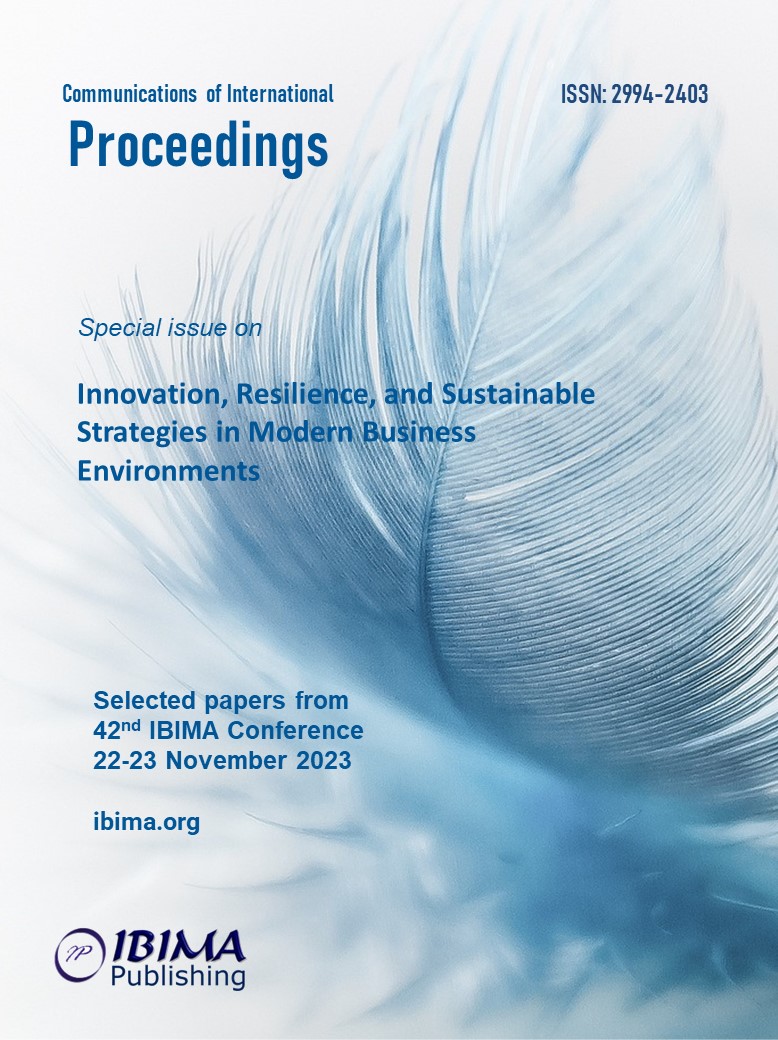
Jacek CZERNIAK, Anna GACEK and Przemyslaw SZOPA
Krakow University of Economics, Krakow, Poland

In the months of November-December 2021 and January-March 2022, research on available NiMH R6 batteries in the Polish, German, and Portuguese markets from 13 manufacturers was conducted. The batteries of the following brands were examined: Ansmann, Camelion, Conrad, Duracell, Eneloop, Energizer, GC, MediaRange, Pearl, Philips, RecyKo, Tronic, Varta. A microprocessor device was used for the research, allowing the discharge of the tested batteries with any specified current in the range of 100 mA to 1 A. The device also allowed monitoring of battery charging and was calibrated using a digital multimeter AXIO MET AX-18B. The batteries were discharged in a climatic chamber at constant temperature of T = 21.5°C (ΔT = 0.5°C) and air humidity ranging from 35% to 55%. The results of the conducted tests have showed that discrepancies between the battery capacity values provided by manufacturers and the actual measured values are apparent across all battery brands. The measured capacities are lower than those declared by the manufacturers. Among the tested batteries, consistent deviations from the declared capacity were observed, varying depending on the manufacturer. Some battery brands initially stored energy within the range of 50% to 90% of the declared capacity. Achieving the actual battery capacity required a charging time of approximately 4 to 6 hours. For certain manufacturers, the nominal capacity was not even reached at the 90% level.